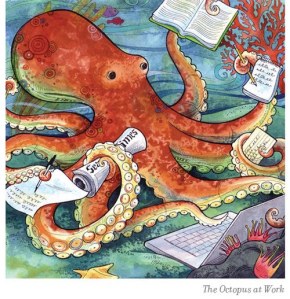I'm back for another wonderful ESOL class. I hope to integrate some reflections on my student teaching semester as I had the most lovely ELL student in the world! For now, a reading reflection:
The readings for this week weave together in way that calls to mind what it felt like to be a classroom teacher with a single ELL student.
[caption id="attachment_132" align="aligncenter" width="290"]
 Don't forget the ELLs.[/caption]
Don't forget the ELLs.[/caption]I took a gander at the ACCESS tests, with their well-intentioned and mass-market approach to assessing. These are used to appease the 30k-foot level of viewers – the state or other entity that wants to see the students’ data as a reflection on the state of the school.
The WIDA can-do list breaks down the behaviors of an ELL student to its observable forms in reading, writing, speaking, and listening. These logically show an SLA teacher of any experience level what they can look for in a student and what level those characteristics reflect.
This gives such a teacher a starting point to begin implementing what they can learn from the surface level, nutshell version Van Patten provides in his epilogue of From Input to Output. The implications he summarizes in the epilogue give inexperienced teachers of ELL some basic guidelines (such as making sure that all interactions, assessments, and focus on form are authentic), which are solid reminders for more experienced teachers of ELLs.
Finally, when a teacher becomes aware of the need to focus on how their instruction can impact their ELL student(s), they can become further aware of how it is actually also impacting the ELL’s sense of self through Sumaryono and Ortiz's "Preserving the Cultural Identity of ELLs." Many teachers are ignorant about the depth of potential hurt that can be felt by an ELL student if they feel their being led away from their cultural roots or if they feel out of place in their classroom.
An inexperienced or non-expert of SLA and ELL research might not realize that they can and should integrate the students’ primary languages into the daily lessons in order to make them feel more comfortable and to put them on the same level as those who only speak English. The four readings for the week funnel the novice ELL teacher toward a profound awareness of what they are getting into as they learn more about teaching students learning another language. It’s not as simple as vocabulary instruction and learning how to fit in.

No comments:
Post a Comment
Note: Only a member of this blog may post a comment.